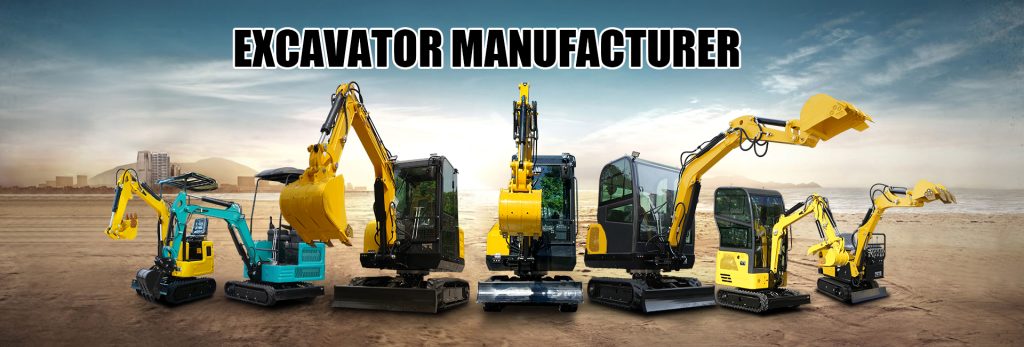¿Cómo conducir su excavadora con seguridad?

No matter what job you do, your health and life safety are the most important. “Excavators” in the engineering field should also have this awareness to protect themselves and their excavators at work. Speaking of safety knowledge related to driving an excavator, there are many. Here I will share with you the precautions before work.
First, pay attention to the state of the operator. As the core of the work, the excavator operator will make the excavator, a huge machine, perform various actions in the following work, and their status is closely related to the safety of the work. Therefore, if the operator is found to be fatigued, sick, mentally disturbed, or under the influence of drugs and alcohol, it is necessary to consider replacing the operator or suspending the operation, otherwise the operator is likely to make the excavator make improper actions due to physical reasons and endanger himself. and the safety of those around them. In addition, operators should pay attention to clothing, preferably wearing a helmet and safety shoes.
Secondly, the overall inspection of the excavator should be carried out. Check whether there are abnormal conditions such as oil leakage and cracks in the working parts of the oil cylinder, traveling device, slewing device and engine. If abnormal conditions are found and the operation is still carried out, the excavator will be seriously damaged on the one hand, and on the other hand, it may occur during the work. Terrible phenomena such as machine failure and machine out of control endanger life safety. So if you find that the machine is abnormal, please contact the service personnel of the local agent to solve the problem in time. Check whether the work lights and wipers can work normally, clean the windows and rearview mirrors to ensure a good view during work, tidy up the interior of the cab to obtain a spacious and comfortable operating environment, and prepare water bottles to ensure that the body can be replenished in time during work moisture. When demolishing abandoned buildings, grabbing wood and steel, etc., check whether the protective fences in front of and above the cab are firm.
Finally, confirm the working environment of the excavator. There are often workers who rest or hide from the sun under the counterweight of the excavator. Make sure that they evacuate before the engine starts, and prohibit other personnel from standing within the excavator’s digging radius. If the crushing work is about to be carried out, it may cause broken If stones are scattered, consideration should be given to expanding the scope of “personnel prohibited from entering”. If you are about to work in a swamp or a quagmire, consider whether the environment can withstand the grounding pressure of the excavator. If necessary, place a large iron plate in advance to prevent the excavator from falling into the swamp or quagmire. If excavation work is carried out on urban streets, ask professionals in advance whether the excavation work will damage sewer pipes and underground cables. Reckless excavation may easily cause sewage to be sprayed or the excavator to be connected to high-voltage electricity.

